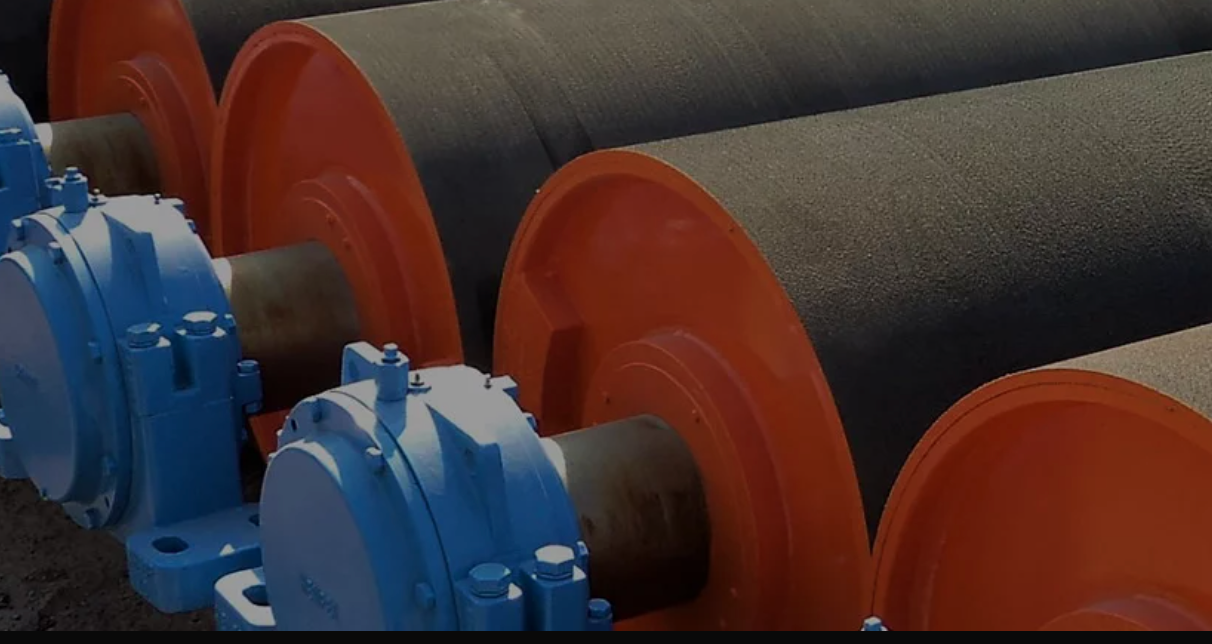Description
The driving pulley is the main part of transmitting the power. As per the different carrying capacities, the driving pulley can be divided into three categories: light duty, medium duty, and heavy duty. And even for the same diameter of the pulley, there are many different axle diameters and central spans.
Light Duty:
Bearing aperture.: 80-100mm
The axle and the hub are connected by the simple key and it is the simple plate welding. The axle is unidirectional out.
Medium Duty:
Bearing aperture: 120-180mm
The axle and the hub are connected by the ring lock.
Heavy Duty:
Bearing aperture: 200-220mm
The axle and the hub are connected by the ring lock. The shell body is an aluminothermic welding fabric. The axle can be unidirectional and two-way out.
The surface treatment of the driving pulley can be smooth steel, herringbone, or rhombic rubber lagging. The smooth steel pulley is available for the place in which environment is small power, small belt width, and dry. The herringbone rubber lagging has a big friction factor and better anti-slippery and drainage ability, but it has its own direction. The rhombic rubber lagging is available for two-way operating conveyors. The vulcanized rubber lagging pulley is mostly used for important applications.
The bearing housing of the pulley is lubricated by grease cup-style lubrication.

